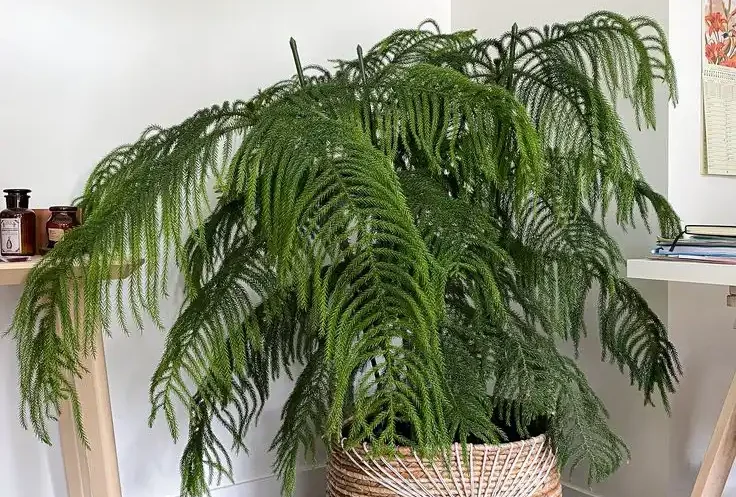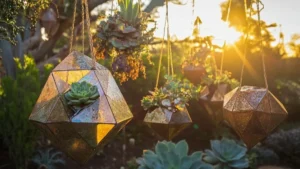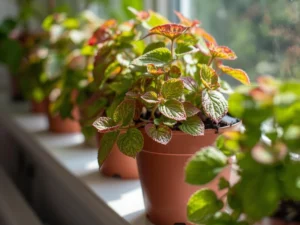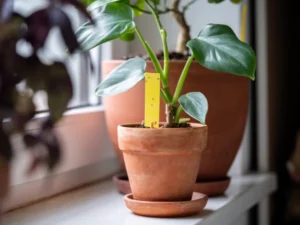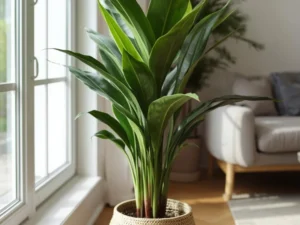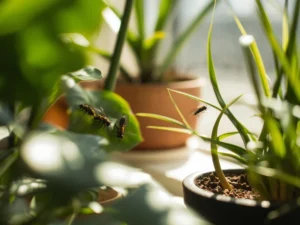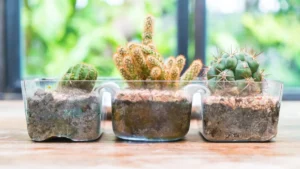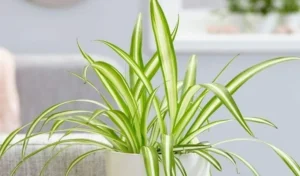When it comes to bringing a touch of evergreen beauty indoors, few plants compare to the Norfolk Island Pine. Known for its soft, symmetrical branches and year-round greenery, this stunning tree is also easy to maintain with the right Norfolk Island Pine Indoor Plant Care.
Although it resembles a small Christmas tree, it’s not actually a true pine. Native to the South Pacific’s Norfolk Island, this graceful evergreen has become a favorite among plant lovers for its elegant form and tropical charm.
Understanding the Norfolk Island Pine
Before diving into care tips, it helps to understand your plant’s origins. The Norfolk Island Pine (Araucaria heterophylla) naturally grows in coastal environments, where humidity is high, and sunlight is bright but gentle.
When grown indoors, the goal is to recreate similar conditions. This means plenty of indirect light, moderate moisture, and good air circulation. By mimicking its natural habitat, you can ensure your plant thrives rather than just survives.
Light Requirements for Norfolk Island Pine
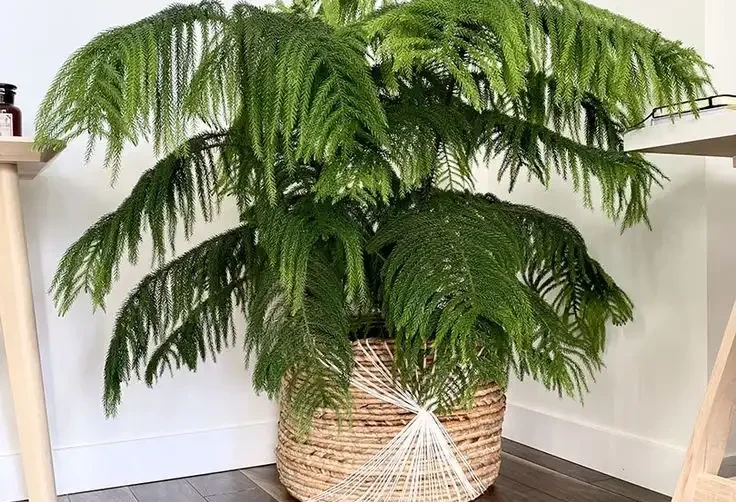
Light plays a crucial role in the health and shape of your plant. Norfolk Island Pines love bright, indirect sunlight.
Place them near a south- or east-facing window where they can soak up morning light. However, avoid harsh afternoon sun as it can scorch the soft needles. On the other hand, too little light may cause your plant to grow unevenly or lose its lush green color.
If natural light is limited, consider using a full-spectrum grow light to supplement brightness. Transitioning gradually to new light conditions prevents shock and helps maintain consistent growth.
Watering Schedule and Moisture Balance
Watering can make or break your Norfolk Island Pine indoor plant care routine. This plant prefers evenly moist soil but dislikes being waterlogged.
Allow the top inch of soil to dry out between waterings. Stick your finger into the soil if it feels dry, it’s time to water. Use room-temperature water and pour until it drains through the bottom holes. Never let the pot sit in standing water, as soggy roots lead to rot.
During winter, growth slows, and your plant will need less water. Transition slowly by reducing frequency while keeping humidity consistent.
Humidity and Temperature Needs
Since the Norfolk Island Pine originates from a tropical climate, humidity is essential.
Indoor heating or air conditioning can dry out the air, leading to brown needle tips. To maintain ideal humidity levels (around 50–65%), use a humidifier or place your pot on a pebble tray filled with water.
As for temperature, keep your plant in a space between 60°F and 75°F (15°C–24°C). Avoid sudden drafts, direct air vents, or cold windows, as these conditions can cause stress and needle drop.
Choosing the Right Soil and Pot
Your Norfolk Island Pine appreciates well-draining, slightly acidic soil. A mix of potting soil, perlite, and peat moss works perfectly.
When repotting, choose a container with drainage holes that’s one size larger than the current one. Transitioning too quickly into a much bigger pot can hold excess water, increasing the risk of root rot. Repot every 2–3 years or when roots start circling the bottom.
Feeding and Fertilizing Your Tree
Feeding your plant ensures steady, healthy growth. Use a balanced, water-soluble fertilizer diluted to half strength every month during the growing season (spring and summer).
During fall and winter, your Norfolk Island Pine goes semi-dormant, so stop fertilizing until growth resumes. Transition back gradually in spring to avoid shocking the roots.
Pruning and Maintenance
One of the joys of caring for this tree is its naturally symmetrical shape, so pruning is minimal. Remove only dead or yellowing branches using sterilized scissors. Avoid cutting the top central leader this is the plant’s main growth point. Once removed, it won’t regrow, which may distort the tree’s shape.
To enhance your indoor or patio space even further, explore these creative paved garden ideas with plants in pots. You’ll find inspiring ways to style your Norfolk Island Pine and other greenery beautifully in containers and small spaces.
Wiping the needles gently with a damp cloth helps remove dust and keeps the foliage breathing freely.
Common Problems and Solutions

Even with proper Norfolk Island Pine indoor plant care, issues can arise. Luckily, most problems are easy to fix:
1. Browning Tips
Often due to low humidity or fluoride in tap water. Use filtered or distilled water and increase humidity around the plant.
2. Dropping Branches
This usually happens because of overwatering or sudden temperature drops. Check soil moisture and move your plant away from drafts.
3. Pale Needles
Too little light or nutrient deficiency can cause fading. Move your plant to a brighter spot and consider a balanced fertilizer.
Transitioning through these adjustments gradually helps the plant recover faster.
Propagation Tips
Propagating Norfolk Island Pine is possible but challenging. It’s usually done from seeds rather than cuttings. If you want to try, collect fresh seeds and sow them in moist, well-draining soil. Keep them warm and humid. Germination can take several weeks, so patience is essential.
Decor and Placement Ideas
This elegant tree fits beautifully into modern or coastal-inspired interiors. Its slender, layered branches create a peaceful, natural vibe.
Place it in a bright corner of your living room, near a reading nook, or by a sunlit window. During holidays, you can even decorate it with tiny lights for a minimalist Christmas tree look just avoid heavy ornaments that may bend the branches. If you’re interested in solving other common indoor plant issues, check out our guide on peace lily yellow leaves to learn practical care tips for maintaining healthy greenery.
FAQs
1. Can I keep my Norfolk Island Pine outside?
Yes, but only if the climate is mild. It prefers temperatures above 50°F (10°C). Bring it indoors when temperatures drop.
2. How tall will it grow indoors?
Indoors, the Norfolk Island Pine typically grows between 5 and 8 feet tall, depending on care and container size.
3. Why are the branches turning brown?
This often indicates dry air or inconsistent watering. Increase humidity and ensure the soil isn’t drying out completely.
4. Is it safe for pets?
The Norfolk Island Pine can be mildly toxic to cats and dogs if ingested. Keep it out of their reach.
5. How long does it live indoors?
With proper care, your Norfolk Island Pine can live for decades, becoming a long-term part of your home’s natural decor.
Conclusion
Caring for a Norfolk Island Pine indoors is all about balance providing bright light, steady humidity, and gentle attention.
When treated with care, this elegant evergreen will reward you with years of beauty and calm energy. By following the steps in this guide, you’ll transform your space with a living piece of the tropics that thrives season after season.
Whether you’re a beginner or a seasoned plant parent, mastering Norfolk Island Pine indoor plant care brings both satisfaction and serenity — a reminder that even the simplest green touch can brighten your home and life.

